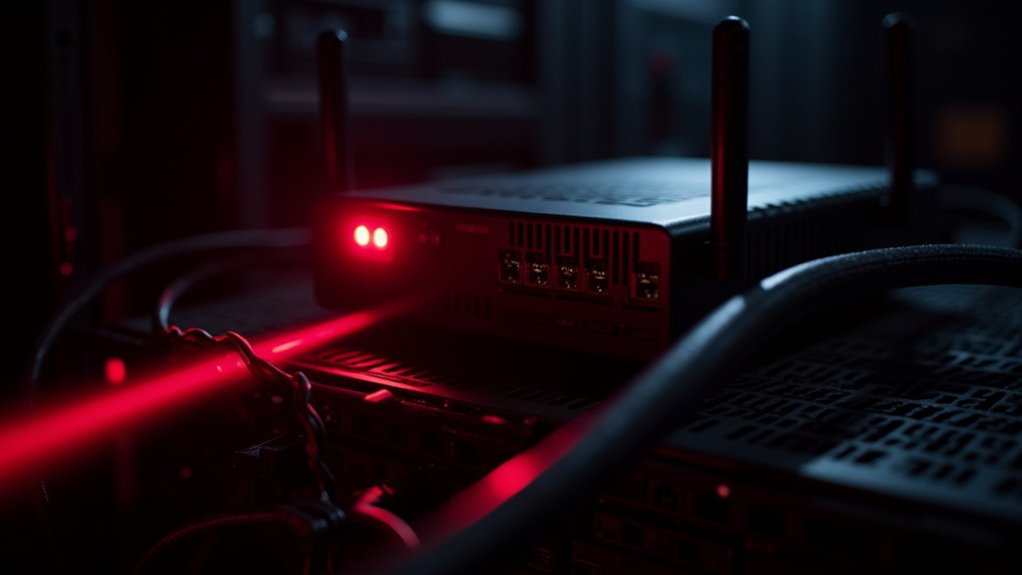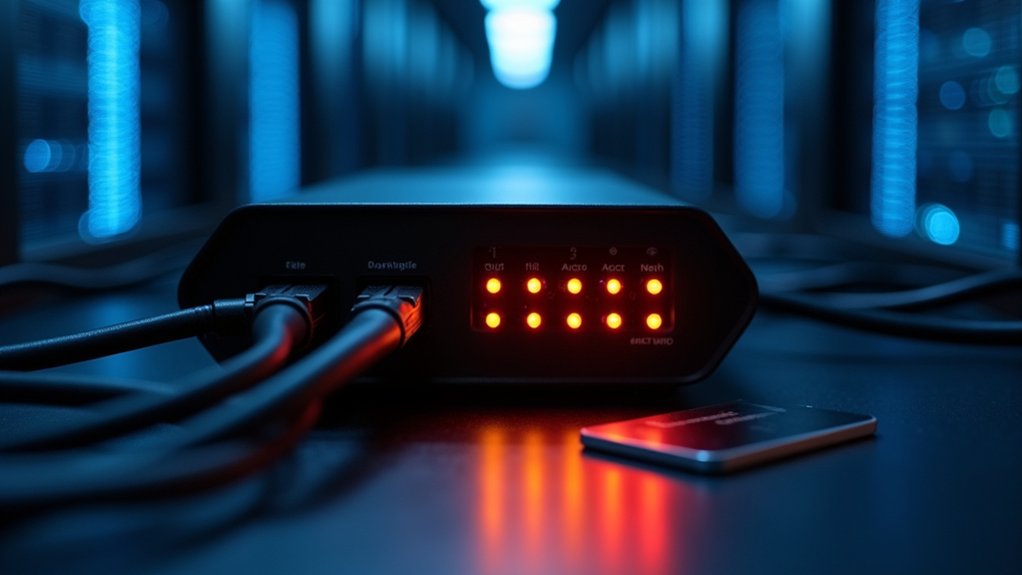When will enterprises learn that even the most sophisticated network infrastructure remains vulnerable to critical security flaws? Cisco‘s revelation of CVE-2025-20188 on May 7, 2025, demonstrates that even industry-leading wireless controllers remain susceptible to devastating attacks that could compromise entire corporate networks.
The vulnerability, assigned the maximum CVSS score of 10.0, affects Cisco IOS XE Wireless LAN Controllers and permits unauthenticated remote attackers to achieve complete device control. The flaw exists within the Out-of-Band AP Image Download feature, where a hard-coded JSON Web Token allows malicious actors to impersonate authorized users without requiring credentials. Attackers can exploit this weakness through crafted HTTPS requests, allowing arbitrary file uploads, path traversal, and command execution with root privileges.
Multiple Cisco product lines face exposure, including Catalyst 9800-CL Wireless Controllers for Cloud, Catalyst 9800 Embedded Wireless Controllers for various switch models, Catalyst 9800 Series controllers, and embedded wireless controllers on Catalyst access points.
Nevertheless, the vulnerability only affects systems with the specific feature enabled, which remains disabled by default but may be activated in large-scale enterprise deployments.
Successful exploitation grants attackers complete device takeover capabilities, potentially affecting all managed devices and connected clients. Compromised controllers could provide unauthorized network access across enterprise environments, facilitate data theft, and disrupt wireless services for thousands of users. Organizations should implement strict access controls across network segments to prevent lateral movement following initial compromise.
The vulnerability’s severity stems from its ability to grant root-level access without authentication, making it particularly attractive to threat actors. The flaw was discovered through internal security testing by X.B. from Cisco ASIG, highlighting Cisco’s proactive security measures.
Cisco has released security updates addressing the vulnerability, with administrators urged to implement patches immediately. Organizations can similarly disable the Out-of-Band AP Image Download feature as an effective defense mechanism, whereas Cisco’s Software Checker helps determine appropriate fixing versions for specific device models.
No alternative workarounds exist beyond feature disablement and patching.
The threat scenario intensified when exploit details became publicly available by May 31, 2025. Even if no active exploitation was detected during initial disclosure, security experts anticipate threat actors will begin scanning for vulnerable endpoints immediately.
Enterprise wireless networks worldwide remain potentially exposed until thorough patching occurs across affected infrastructure.









